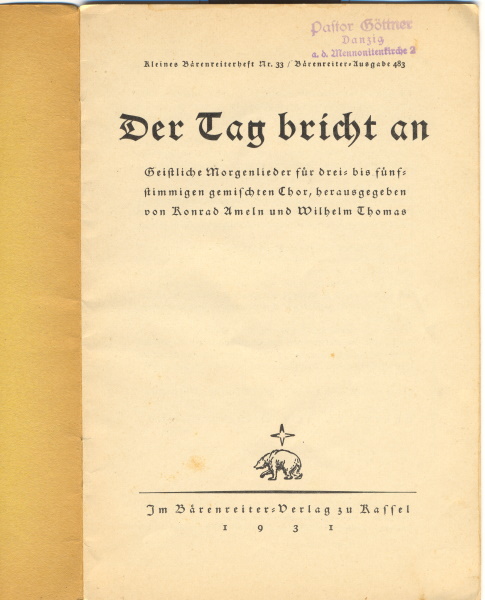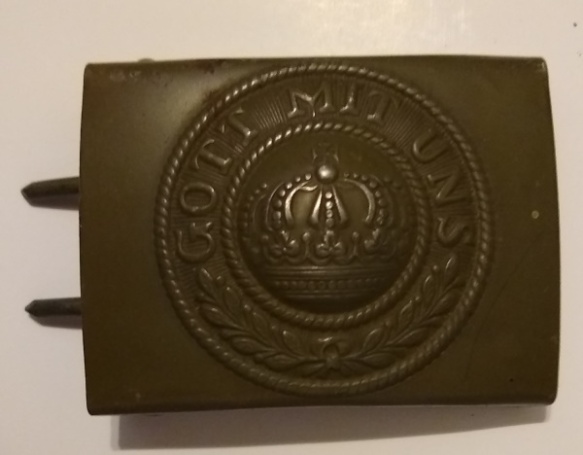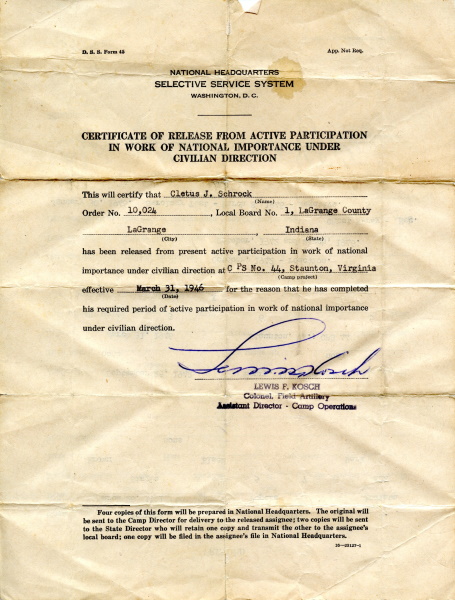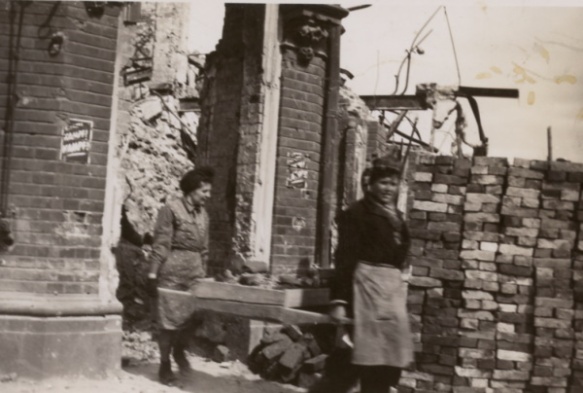The story of the Okanogan County, Washington, seagoing cowboys continues with their sobering arrival in Danzig, Poland, on December 27, 1945*:

The Clarksville Victory approaches the pier in Nowy Port, Poland, December 27, 1945. Photo by J. O. Yoder.
In an unidentified newspaper article, 16-year-old Fancher said, “You have to see that country to believe it. Everyone is hungry . . . The children are in rags and most of them have not been to school since the war started. You walk down the streets and they run up to you, holding out their hands and begging for food.” One of the images that still remains in Fancher’s mind today is that of seeing people on the street cutting steaks off of one of the mares that died.

Children following the seagoing cowboys in Gdansk, Poland, January 1946. Photo by Nelson Schumacher.
Henneman recalls that their ship had apples from Tonasket. “The labels on the box tell you where they come from, and who packed it. Somebody we knew packed them. You knew their number.” In Poland, he carried apples off the ship under his jacket and handed them out to people. “I guess it was stealing,” he said, “but we had plenty. They didn’t have any.” He bought other items that he carried off the ship and gave to people. The guards, who would normally shake someone down they suspected of carrying things off, would let him pass because they knew he was giving everything away.
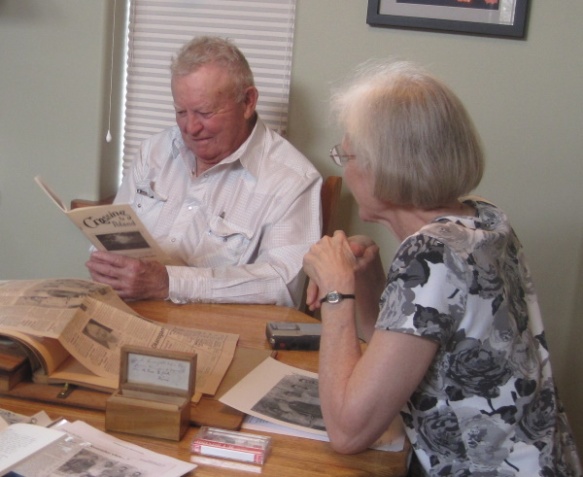
Dave Henneman shares a story from J. O. Yoder’s book about their trip with Peggy Reiff Miller in 2014 interview. Photo by Sandra Brightbill.
Cigarettes were the prime black market commodity, and other cowboys learned they could buy cigarettes cheaply in the ship’s store and trade them for souvenirs. Or they could trade their dollars for Zloties to make their purchases. Dugan was able to obtain a violin which he still has and which he played for dances after he got home. Fancher brought home a little wooden box with a hand-carved lid.
Entertainment options in Danzig were slim. Dugan remembers visiting battlefields with ammunition and the bodies of unburied German soldiers still lying around. “Danzig is like some old Wild West town,” Fancher said in his newspaper interview. “It is full of Russian, Polish and British soldiers, and all the civilians carry guns–pistols, rifles or tommy-guns. There are a lot of shooting scrapes. Two English and four Russians were killed during the 14 days we were there, and some of our boys were held up and robbed of cigarets [sic] and American money.”
Fancher and John Woodard told the reporter, “one sight in Danzig was three times as horrible as the worst Boris Karloff movie.” Woodard explained, “That was the [building] the Germans used for human medical experiments. They showed us thru it . . . it was terrible. There were human bones all about, human skin that had been tanned, soap made from human fat . . . the smell was sickening . . . there were two petrified bodies . . .” The experience is one the cowboys do not like to talk about today. Their crew was one of only a few that were taken through the facility before it was put off limits.
(to be continued)
* Excerpted from my article published in the Okanogan County Heritage magazine, Winter 2014.









